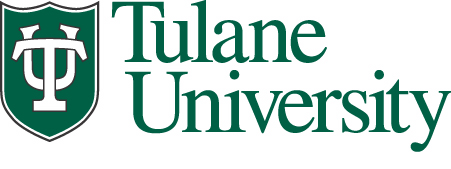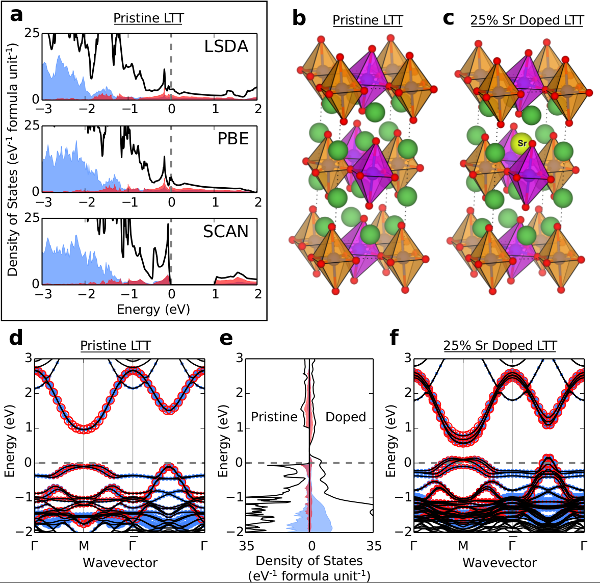Introduction
Professor Jianwei Sun and the MatComp research group have used recent advances in efficient quantum mechanical simulations to open a new door for understanding the mystery of high temperature superconductors. This research used highly optimized FORTRAN materials simulation programs in combination with Python data analysis tools.
Tulane HPC Contribution
Whilst the equations of quantum mechanics are simple to write down, even with supercomputer resources they are fiendishly difficult to compute. Professor Sun’s research involves designing approximations that remain accurate to the original equations but efficient for computers to solve. Even so, these advanced approximations only make the simulations possible, not easy.
The parallel processing and large memory capabilities of Cypress are essential to complete the simulations in days rather than years. Using the Cypress architecture, a simulation can be parallelized across many processors and what be impossible for conventional computers can be run in hours. This parallel speed up is made possible by the Intel parallel studio math kernel library and message passing interface technologies. Completed simulations are then processed using the NumPy and Matplotlib Python toolkits to visualize and understand material properties. These advances open the door for studying complex material properties and can enable high-throughput searches for new superconductor materials.
Participants
- Jianwei Sun (Principal Investigator, Professor, Physics and Engineering Physics)
- Yubo Zhang (Adjunct Professor, Physics and Engineering Physics)
- James Furness (Postdoc Researcher, MatComp Group, Physics and Engineering Physics)

